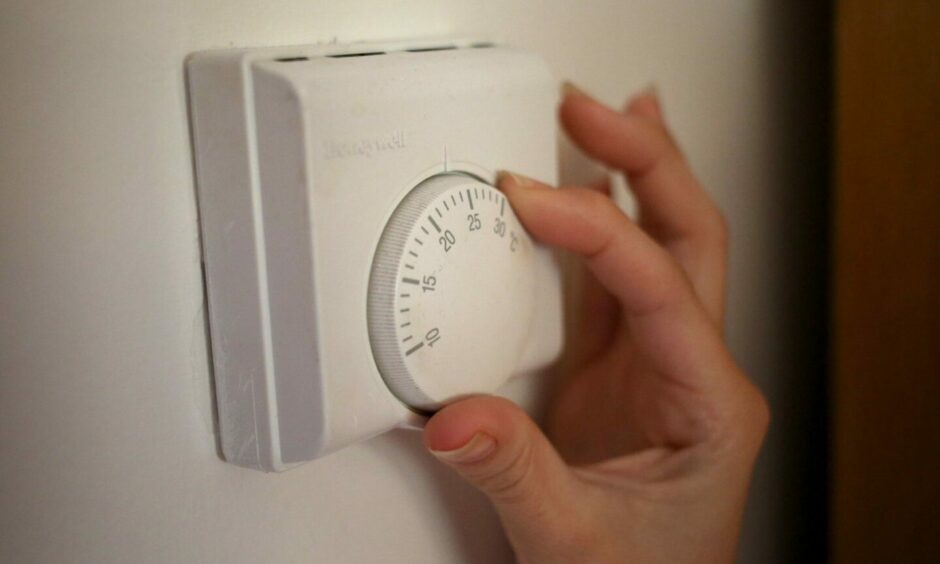North and north-east workers may be forking out an extra £131 a month under the new energy price cap if they work from home (WFH) this autumn.
According to Uswitch.com, commuters whose weekly travel costs are less than £30 may be better off going into the office to save money on energy.
From January, extra WFH costs could hit £209 for the average household and £310 for large homes, the comparison website said.
Having the heating on for an extra 10 hours a day and boiling the kettle for cups of tea is estimated to increase daily gas use by 75% and electricity costs by 25% over the colder months.
Using extra energy when the heating would usually be off will be especially noticeable on bills this year.”
Ben Gallizzi, energy expert, Uswitch.com.
A typical household will run up a £363 monthly bill for gas and electricity under the new £3,549 price cap for October.
But those working from home will use more energy than those who leave the house empty all day.
Ben Gallizzi, energy expert, Uswitch.com, said: “Working from home during the colder months of the year is obviously going to be more expensive as employees are likely to need their heating on during the day.
“Using extra energy when the heating would usually be off will be especially noticeable on bills this year, with prices rising by 80%.
“Not only do people working from home use more energy staying warm, they are also cooking lunch and making cups of tea, as well as running computers, TVs and phone chargers.”
Mr Gallizzi added: “The amount of extra energy home workers use will vary, but we estimate that people at home for an extra 50 hours per week could use about 25% more electricity and 75% more gas per day this winter.
“Based on this, for workers who don’t have an expensive commute, working from the office is likely to be more economical this winter.”
From January, the price cap is predicted to rise to £5,386 – meaning the average household will be paying £580 a month for their energy, compared to £789 for those who are working from home. This extra £209 a month cost makes the weekly commute break-even point £49.
The bigger the house, the bigger the bill
The difference is even greater for larger homes that use more energy, with an average January bill of £861 rising by £310 for home-workers to £1,171 a month.
Uswitch.com offers household energy saving tips, including heating only the room you’re in while working from home. You can find out if you’re eligible for an energy help scheme, grant or benefit at www.uswitch.com/gas-electricity/guides/energy-help-schemes/



Conversation